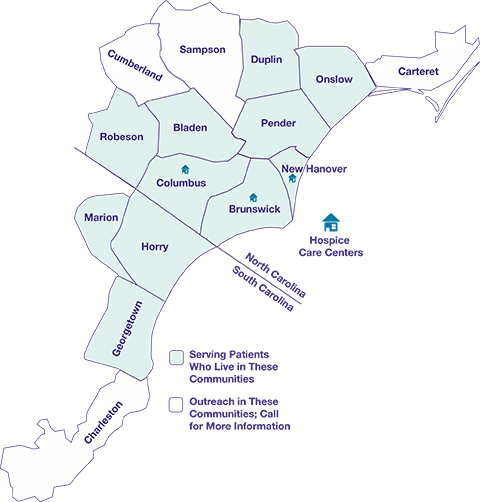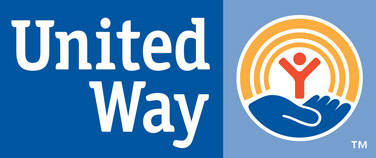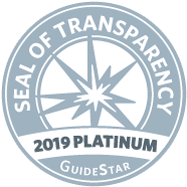Breathing for Relaxation and Stress Relief
Jenny Klein, LCFL social worker, talks about using your breath throughout the day to help you relax and reduce stress.
Hi. I’m Jenny one of the social workers with Lower Cape Fear LifeCare. I’m coming to you by video with an invitation to spend just a few minutes focusing on your breath.
I invite you during this time to allow anything that has happened in your day so far, or in your schedule later, or activities that need to be accomplished, to allow them to simply drift away for the next few minutes, so that you might be fully and completely present in this moment with your breath.
The breath is a wonderful tool. It can be used as a barometer to help us identify the quality of our thoughts. It can help us to identify subtle emotion, and also find tension and relax into it throughout the body.
The first thing I’ll ask you to do is to find a comfortable posture. You may wish to sit or recline if you choose. To sit in a chair, it’s ideal if you can place your feet flat on the floor. If you choose to sit on the floor, it may be nice to have the wall behind you, so that you can lean against it. And if you decide to recline on the couch or on your bed, it’s best not to have a whole lot of pillows propping you up. Whatever posture you select, be sure it’s one that you can stand for a few minutes of time without having to fidget and move around quite a bit.
When we look at the breath, one of the first things that we may notice is the quality of the breath. Does your breath come to you with ease or with effort? Is your breath deep and relaxed or is it shallow? Just by noticing the quality of the breath that helps us to slow down. It gives the mind something to focus on and it allows us to relax into any tension that we might feel in.
Once we’ve identified the quality of our breath, we can then look for where we first noticed the sensation of the breath. [It] may be different for you at different times of the day. Sometimes, perhaps, you’ll notice it at the tip of the nostril or the area between the nose and the upper lip. For some, it may be in the sinuses or at the back of the throat, Perhaps, it is with the rising of the shoulders and the expansion of the ribs. Or, perhaps, it’s the expansion of the abdominal area – full belly breath. Wherever it is that you notice the breath, we can expand our awareness to follow the breath, and I invite you now to do that.
On an inhalation, notice the deepness of the breath into the belly. Notice the expansion and relaxation of the muscles. In that area, you may notice as well the expansion of the ribs, the rising of the shoulders, as you fill with breath. On the exhalation, the opposite happens, and we notice first the dropping of the shoulders and the contraction of the ribs and then the contraction of the belly.
It may be nice for you just to take a few moments to watch the breath as you inhale and as you exhale. If it’s comfortable for you to do so, I invite you to inhale and exhale through the nose.
Finding time throughout your day to take just a few moments to check in with your breath, again, can help to increase your sense of well-being. It can help to decrease the amount of physical tension you hold in your body. It can help to slow the minds busy thoughts, which can run circles from time to time or get stuck in loops that are not particularly helpful.
I hope for you that this exercise was beneficial, and that you are now feeling a greater sense of calm and ease.
I wish you well.







